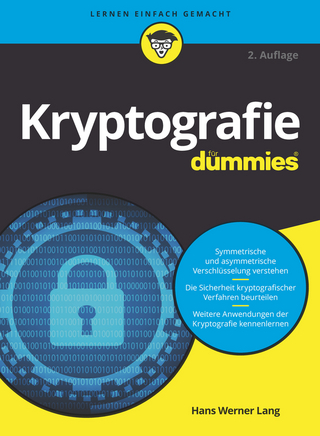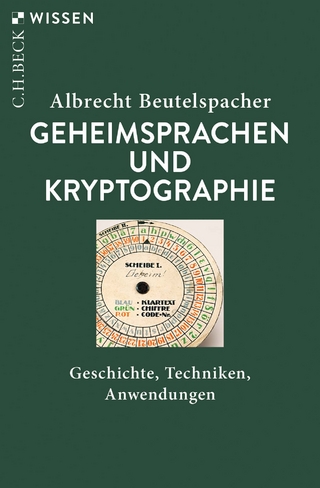
How to Write Good Programs
Cambridge University Press (Verlag)
978-1-108-78987-5 (ISBN)
Learning to program isn't just learning the details of a programming language: to become a good programmer you have to become expert at debugging, testing, writing clear code and generally unsticking yourself when you get stuck, while to do well in a programming course you have to learn to score highly in coursework and exams. Featuring tips, stories and explanations of key terms, this book teaches these skills explicitly. Examples in Python, Java and Haskell are included, helping you to gain transferable programming skills whichever language you are learning. Intended for students in Higher or Further Education studying early programming courses, it will help you succeed in, and get the most out of, your course, and support you in developing the software engineering habits that lead to good programs.
Perdita Stevens is a professor at the University of Edinburgh and has taught programming and software engineering in many languages to students ranging from first-year undergraduates to established professional software developers. She previously co-authored Using UML: Software Engineering with Objects and Components (1998) and received a 10-year Most Influential Paper award and a Best Paper award at the MODELS conference in 2017 for her work on bidirectional transformations.
1. Introduction; 2. What Are Good Programs?; 3. How to Get Started; 4. How to Understand Your Language; 5. How to Use the Best Tools; 6. How to Make Sure You Don't Lose Your Program; 7. How to Test Your Program; 8. How to Make Your Program Clear; 9. How to Debug Your Program; 10. How to Improve Your Program; 11. How to Get Help (without Cheating); 12. How to Score Well in Coursework; 13. How to Score Well in a Programming Exam; 14. How to Choose a Programming Language; 15. How to Go Beyond This Book; References; Index.
| Erscheinungsdatum | 23.07.2020 |
|---|---|
| Zusatzinfo | Worked examples or Exercises; 3 Line drawings, black and white |
| Verlagsort | Cambridge |
| Sprache | englisch |
| Maße | 123 x 185 mm |
| Gewicht | 240 g |
| Themenwelt | Mathematik / Informatik ► Informatik ► Programmiersprachen / -werkzeuge |
| Informatik ► Theorie / Studium ► Kryptologie | |
| ISBN-10 | 1-108-78987-0 / 1108789870 |
| ISBN-13 | 978-1-108-78987-5 / 9781108789875 |
| Zustand | Neuware |
| Informationen gemäß Produktsicherheitsverordnung (GPSR) | |
| Haben Sie eine Frage zum Produkt? |
aus dem Bereich


